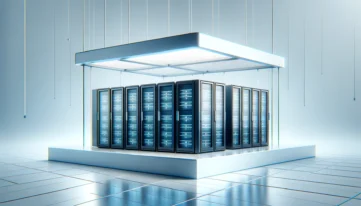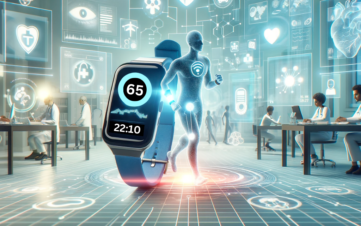In recent years, the term Internet of Things (IoT) has gained popularity. In a relatively short amount of time, significant advancements have been made in this field, both in terms of hardware and software. Users now have access to a wide range of novel experiences that may be employed in both domestic and professional settings. IoT is still being researched and developed, and as it grows, it will be able to power more innovative and superior user experiences.
Devices, network architecture, and cloud technology form the IoT architecture, which allows IoT devices to connect with one another. An organization’s connected deployment has a much better probability of success if its IoT architecture framework is well-defined. Regarding IoT architecture, there is no one, broadly accepted consensus. Different researchers have presented several architectural designs. We’ll look at the 3-layer IoT architecture in this article (See figure below).

The 3-layer architecture was introduced in the early stages of the IoT area and consists of the perception, network, and application layers.
Perception Layer:
The perception is the layer where communication with the outside world is provided, objects are recognized and perceived, and necessary information is collected from objects. It is almost like the eyes and ears of IoT. Technologies such as 2-D barcode tags and readers, GPS, sensors, wireless sensor networks, RFID tags and readers, infrared, and radar are used in this layer.
Network Layer:
The network layer is the brain of IoT. Its main function is the processing and transmission of the information detected in the perception layer. All communication networks (WSN, mobile networks, internet, Adhoc networks, etc.) and telecommunication are used in this layer. It provides secure data transmission as well as connection by applying data encoding and mining algorithms.
Application Layer:
The application layer is the provision of smart application services to users by combining demanded industrial requests with information technology. The information collected at the network layer is used in many areas such as smart homes, smart management, smart grids in the application layer, and providing smart solutions.










